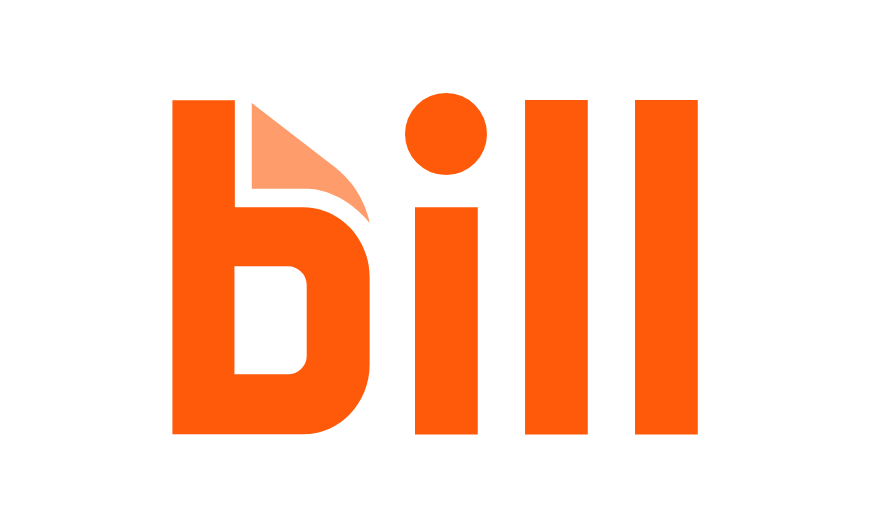Do you ever need to collect information from your customers? There are many ways to do it: a form in Microsoft Word®, a fillable PDF, and a Web form are all very common. Less common but slicker than the rest is the option of using Google Forms.
You’ll need a Google ID, and most people use their gmail account for this. Go to Google Drive from your menu, or you can access it from this URL: https://drive.google.com.
In Google Forms, you can have customers complete a line or paragraph of text, select from multiple choice, check a box, select from a dropdown, rate an item on a linear scale, or enter a date or time. To design the form, decide what questions you want to ask your customers.
Start creating your new form by clicking the button labeled New in the top left corner of the screen and select More, then Google Forms.
Title the form by typing over Untitled Form. Your first question is already formatted for you. Multiple choice is selected, and you can change the question type by clicking the arrow on the right side of the Multiple Choice option. Over on the left, you can type your first question or label. Let’s say you need to know their name, so you would enter “Name” in the field and change the question type to Short Answer.
To add a field, click the plus sign on the vertical menu to the right of the form. Repeat this until you have all your form fields entered. If you need to add instructions, choose the TT option on the vertical menu just below the plus sign. You can also add images, video, and sections to your form using this menu.
Clicking the Send button allows you to email the form, get a link (click the chain icon), or add it to a web page (click the <>).
There are dozens of options and settings for your form. You can change colors (palette icon at top right), preview your form (eye at top right), or modify your settings (gear icon). The three vertical dots at the top right provide more functions. If you need a team member to access the responses or edit the form, you can Add Collaborator from this menu. You can even turn the form into a quiz.
Once people start submitting their answers, you can review them by clicking the Responses tab at the top of the form.
Google Forms are versatile, professional-looking, and best of all, free. Give them a try next time you need to collect information from your clients.

We are pleased to announce that Britney Schaub has joined our team as our new Office Assistant at New Business Directions, LLC. Britney has lived in the Mount Washington Valley for past 10 years and has two wonderful children. She graduated from Kennett High School in 2012 and is currently enrolled at Granite State College pursuing an Associate’s Degree in Business and plans to gain her Bachelor’s in Accounting and Finance. Britney and her husband love spending time together as a family. She is looking forward to working with us here at New Business Directions.
Are You Looking For A Way To Simplify Your Accounts Payable Process?
How About The Accounts Receivable Process?
The New Business Directions team is proud to introduce to you a more simplified way to manage your bills. Wayne Kukuruza, Suzy Halwick, and Rhonda Rosand, CPA are currently certified BILL experts and are ready and waiting to help you simplify!
What is BILL?
With over 1,000,000 members paying and receiving payments worth over $23 billion per year, BILL is the leading Business Payments Network. Just think, you can now approve and pay your bills from anywhere, using a laptop, Tablet or Smartphone.
BILL is designed to eliminate your double-entry and data management hassles by integrating seamlessly with your QuickBooks Desktop or Online file. BILL also integrates with Xero, NetSuite, and Intacct software.
Here are a few examples of the AP (Accounts Payable) benefits that our team here at New Business Directions has noticed. We’ve slashed our time spent on bill approvals and payments by 50%. We no longer have more paperwork to shuffle, no more waiting on approvers, no more stacks of checks to sign, and our paperless office dream is becoming a reality thanks to the unlimited document storage feature where you can securely store bills, estimates, invoices, and vendor credits.
The AR (Accounts Receivable) benefits are notable as well. Collect your receivables two to three times faster via ACH, credit cards and more. You choose the payment method, BILL sends the invoices for you, and customers can see your invoices instantly online, no more phone tag when customers who have questions.
Why Our Clients Love BILL
“BILL has been a great time saver since day one. I simply click for my approval and then click again to pay. No more passing paperwork between AP and my desk, signing checks and stuffing envelopes. The ability to see what was charged to a general ledger account is as easy as a few clicks and it displays the image of the invoice, which makes explanations a breeze. Approving managers have welcomed the change as they can approve invoices from their mobile devices while out of the office. One of the best software additions for a busy business office.”
– Mark Goodwin, Business Manager at Bridgton Academy
Tim Ferriss made the 4-hour workweek a popular concept in his 2007 book. But is there such a thing, and more importantly, can business owners like you and me cash in on it? As the last of the Baby Boomers approach retirement, the topic of working less while making the same or more income is popular.
Here are five ideas to help you work fewer hours while making the same or more income.
Active vs. Automatic Revenue
Some business models allow you to generate automatic revenue. Automatic revenue is revenue you can earn and leverage over time by doing something only once and not over and over again. Active revenue is earned while doing something over and over again. Showing up for a teaching job with a live audience is active revenue while producing and selling video recordings of the same teaching is automatic revenue.
A goal of a 4-hour workweek concept is to increase automatic revenue while reducing active revenue. You may have to think out of the box to do this in your industry, but the payoff can be huge.
Delegation and Outsourcing
One traditional way to move to a 4-hour workweek is to have others do the work. Hiring staff frees up your time and allows your business to become scalable. When it runs without you, it’s more salable too.
Time Batching
If you have a lot of distractions in your day, you can easily double your productivity by learning time batching, which is grouping like tasks together in a block or batch of time and getting them done. For example, if an employee interrupts you with questions multiple times a day, train them to come to you only once a day to get all their questions handled at one time. Take your calls one after the other in a group, and then stay off the phone the rest of the day. Do the same with email, social media, running errands, and all of your other tasks.
Automation and Procedures
New apps save an amazing amount of time. List all of your time-consuming chores and then find an app that helps you get them done faster. For example, a scheduling app can reduce countless emails back and forth when setting meetings and appointments. To-do list or project management software can cut down on emails among you and your staff. And apps like Zapier can connect two apps that need to share data, reducing data entry.
Leverage
The key to working less is to embrace the concept of leverage. How can you leverage the business resources around you to save time, increase staff productivity, and improve profits? It takes discipline and change, two difficult goals to accomplish. But when you do, you will be rewarded.

 New Business Direction LLC
New Business Direction LLC


